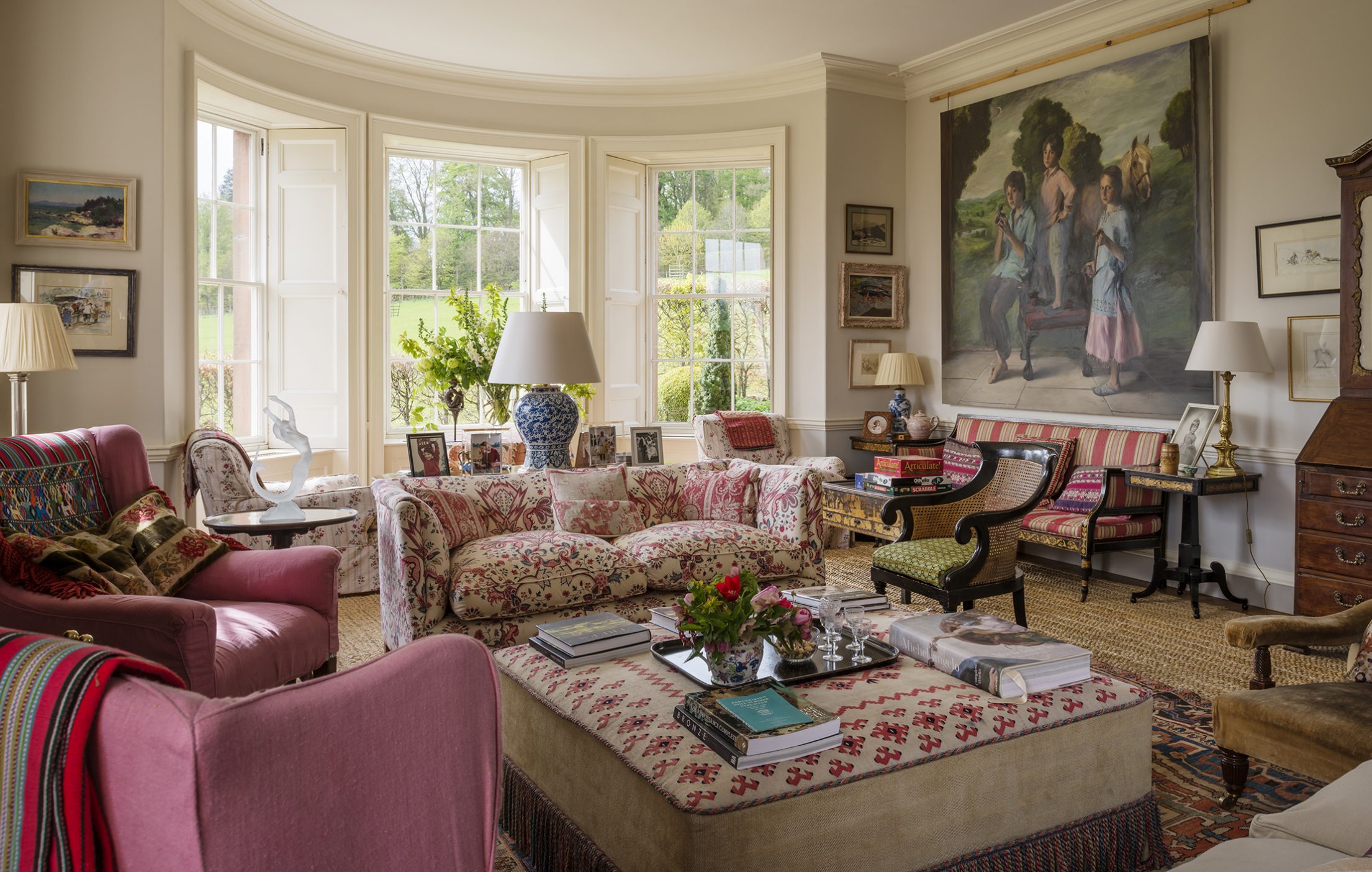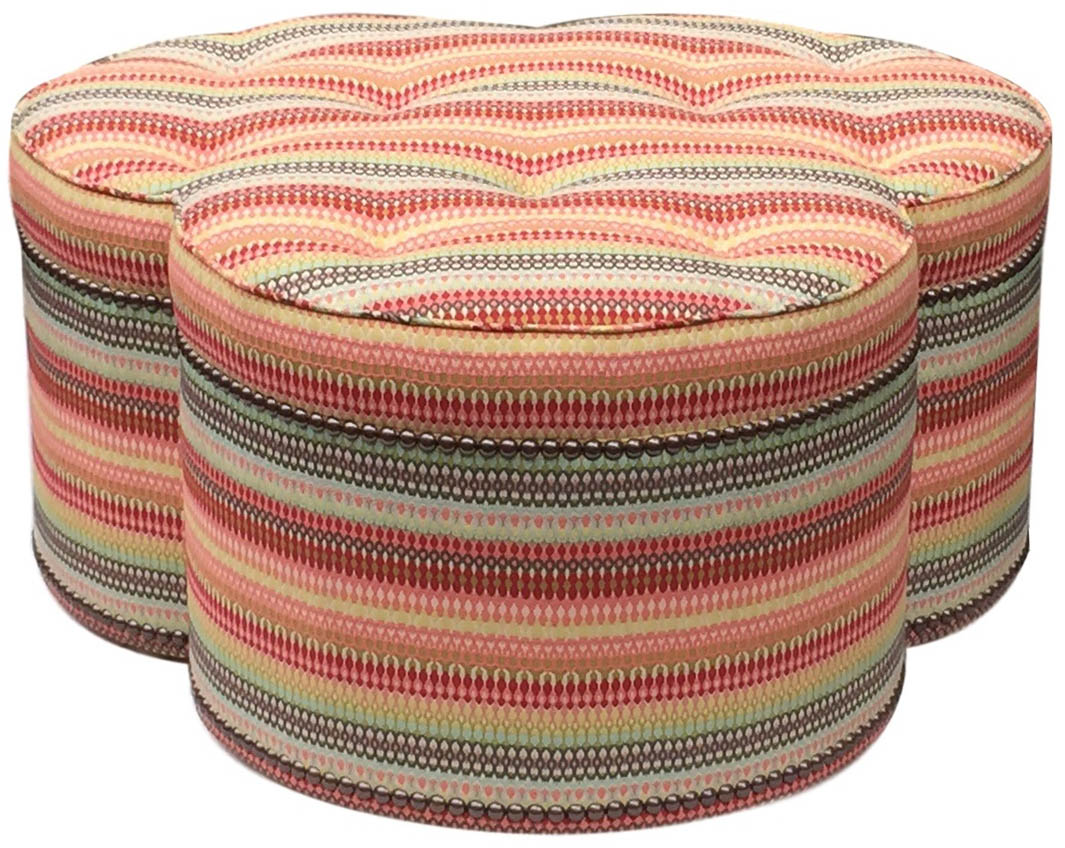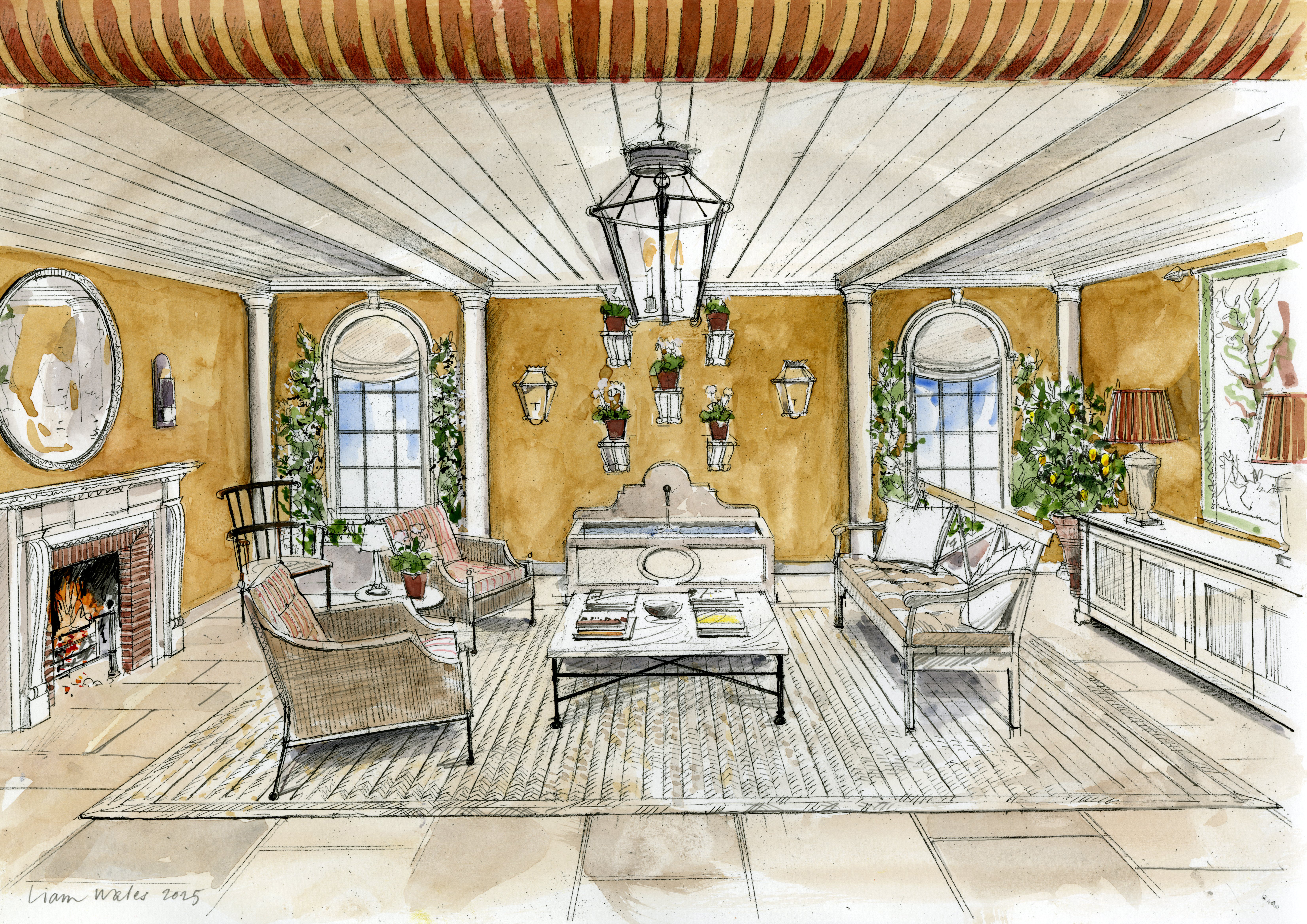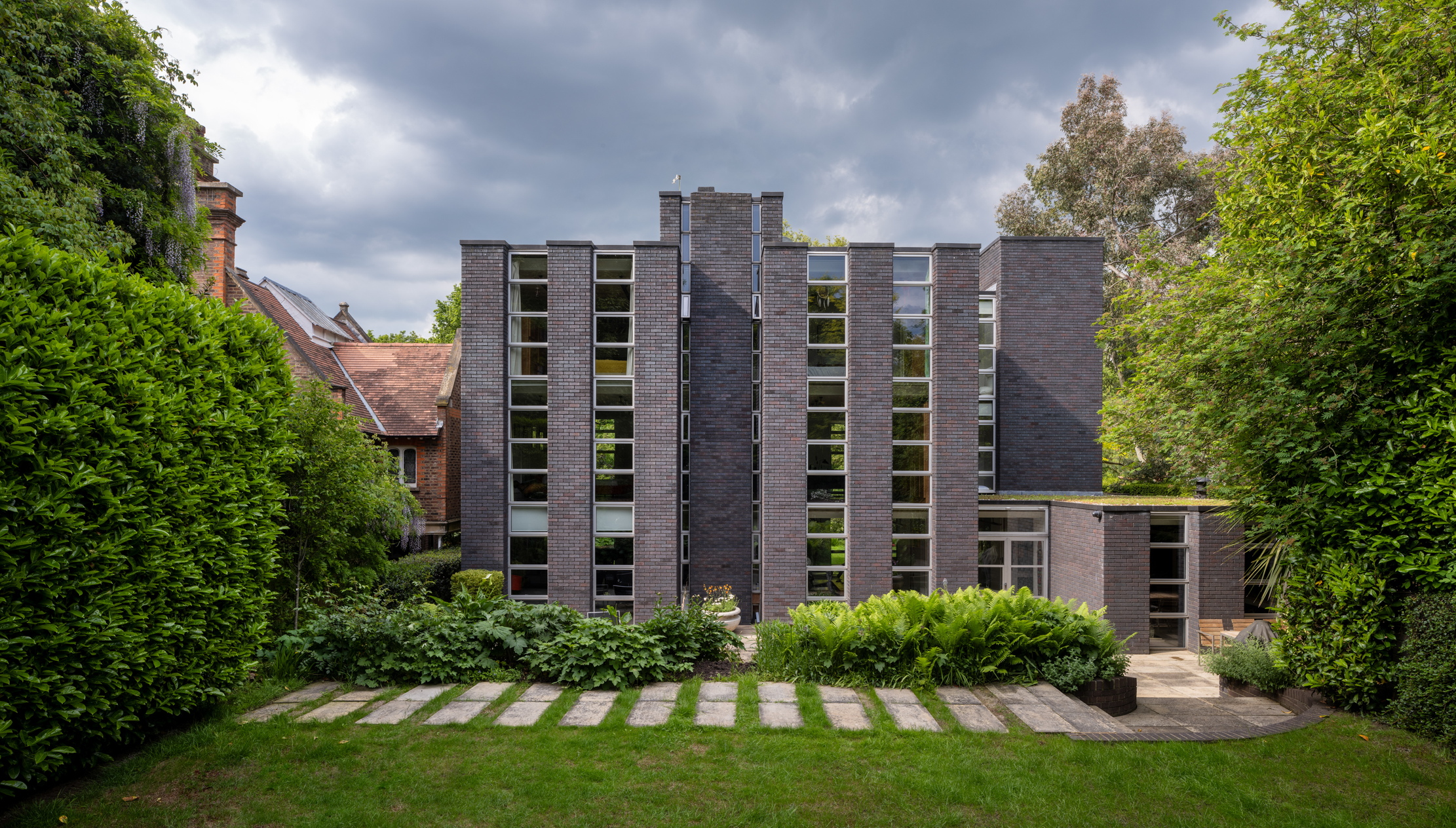The return of the ottoman, the 'decorator's secret weapon' in the heart of your sitting room
Giles Kime takes a look at the welcome return of the ottoman, the sitting room piece that’s becoming more and more prevalent thanks to the influence of some of our best designers.


It’s no coincidence that interior designers who create the best sitting rooms are a gregarious bunch – Nina Campbell, Nicky Haslam and Penny Morrison don’t seem the sort who’d pre-order a cab for 10pm, muttering about ‘a horribly early start’.
All of them lead lives that give them an intimate understanding of the logistics required for a good evening, such as the need for plenty of small, strategically placed tables that ensure a drink is never far from reach. They appreciate that seating needs to be comfortable, but not so commodious that guests fantasise about catching 40 winks when listening to a monologue on the educational plans a fellow guest has for their ‘gifted’ child.
They also appreciate the flexibility provided by devices such as club fenders and occasional furniture that create the perfect setting for the most engaging (and indiscreet) conversations – the sort that are unlikely to happen in a space with the charm of a cosmetic surgeon’s waiting room.
Speaking of which, they also know plenty of other little tricks, such as the fact that lamps well below eye level are far more flattering than glaring overhead pendants and chandeliers. As Mr Haslam once noted: ‘Decoration is about making people look prettier and feel happier.’
However, beady-eyed non-professionals are learning these tricks, too, a fact that explains the rise of the ottoman, a piece of furniture with its roots in the houses and palaces of the Ottoman empire, where it consisted of little more than a low upholstered bench piled with cushions.

In the 18th century, the French, with their taste for the exotic, embraced the idea and it has since evolved into a variety of different incarnations. Most commonly, they have legs or bun feet (and, in some cases, storage hidden inside). Some-thing about their accommodating softness means they render a room more relaxed and inviting than most other items of furniture.
The attraction of the ottoman isn’t only its versatile role as sofa table, seating and footstool, however. Increasingly, it’s also valued for the decorative opportunities it creates.
Sign up for the Country Life Newsletter
Exquisite houses, the beauty of Nature, and how to get the most from your life, straight to your inbox.
Ottomans – together with slipper chairs – offer a great opportunity to add pattern and colour to a scheme without the commitment required by a pair of curtains or a sofa.
Five places to buy fine ottomans
- Dudgeon – dudgeonsofas.com
- Lorfords – lorfords.com
- OKA – oka.com
- Soane Britain – soane.co.uk
- Robert Kime – robertkime.com
- Neptune – neptune.com
-
 The big reveal: A first look at Country Life's RHS Chelsea Flower Show stand
The big reveal: A first look at Country Life's RHS Chelsea Flower Show standInterior designer Isabella Worsley reveals her plans for Country Life’s ‘outdoor drawing room’ at this year’s RHS Chelsea Flower Show.
By Country Life
-
 Schreiber House, 'the most significant London townhouse of the second half of the 20th century', is up for sale
Schreiber House, 'the most significant London townhouse of the second half of the 20th century', is up for saleThe five-bedroom Modernist masterpiece sits on the edge of Hampstead Heath.
By Lotte Brundle